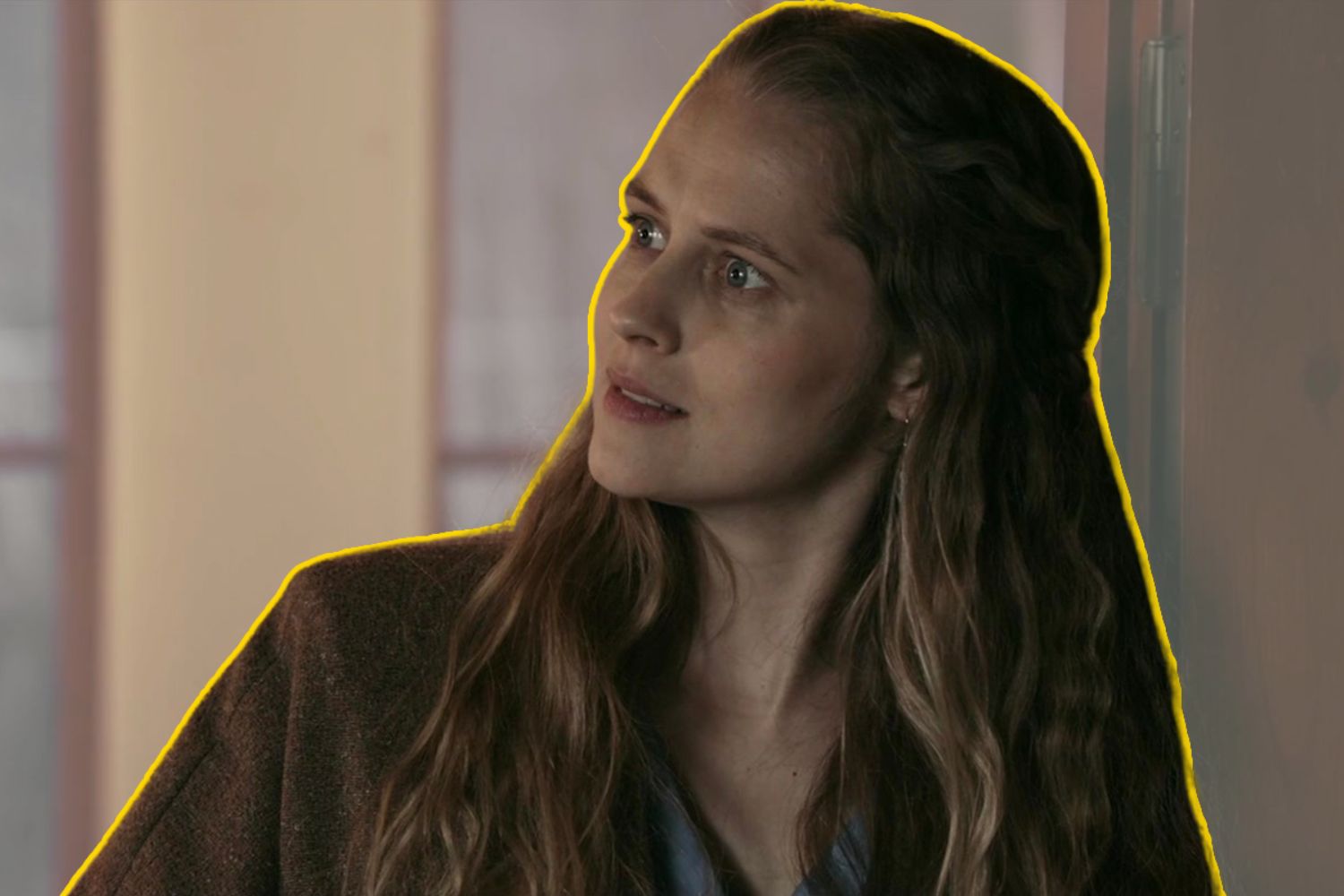Editorials
‘Lights Out’ Brings Mental Health Out of the Darkness
September 25th, 2023 | By E.L. King

Darkness is where shadows thrive, nightmares reside, and monsters are born. To fear the dark is primal. In the absence of light, to protect us, our minds make the shadows we perceive in the dark threatening. Evolution is the reason that anxiety builds in the dark. In her essay, “Why Are We Afraid of the Dark? Because of Our Brains,” Gillian Kelly explains that horror films and haunted houses rely on the fear and unease felt in the dark to trigger an adrenaline-fueled thrill. David F. Sandberg‘s Lights Out, co-written by Eric Heisserer, plays with metaphors while exploiting fears of the dark and exploring mental illness.
The film follows Rebecca (Teresa Palmer), who must protect her little brother Martin (Gabriel Bateman) from the disturbing experiences that haunted her childhood. In discovering their mother Sophie’s (Maria Bello) secrets, they face Diana (Alicia Vela-Bailey), a supernatural entity attached to her since she was a girl. Sophie and Diana befriended each other when they were children, both undergoing treatment at a psychiatric hospital. Interestingly, the central antagonist of Lights Out is not only Diana, but Sophie’s mental illness and struggles with depression.
Depression is a symptom of a complex combination of factors, including genetics, brain chemistry, lifestyle, environment, personality, trauma, and stress. Diana perfectly embodies the emotional darkness — the proverbial rain cloud — that blankets depression. As a physically and mentally vulnerable child, experimental medical treatments transformed her into a monster, making her a particularly interesting villain. Her volatile behavior is vengeful but also a misguided attempt to protect the only genuine human connection she’s ever known. Ultimately, we recognize that Sophie is the only thing tethering Diana to our plane of existence. Everything she does is wholly self-serving.
As a girl, Diana was discovered in the basement of her childhood home following her father’s suicide. She was said to be evil, possessing the ability to invade the minds of others, influencing their emotions. Leveraging her ability, Diana first latched herself onto Sophie as a teenager when both resided in a mental institution. When Rebecca discovers this link between Diana and Sophie, she learns not only the horrifying details of Diana’s death but also the lengths she’ll go to prevent Sophie from getting better and leaving her behind.
Diana is an effective and frightening monster when reduced to an infectious disease-causing parasite, feeding on and fueling Sophie’s negative emotions. Depression can be viewed with a similar lens. It is the most prevalent cause of disability worldwide, affecting our work, social interactions, and physical health. It breaks us down until the void we feel is unbearable. It’s like slowly falling into a sinkhole. The bottom is dark, damp, and cold, making it difficult to discern a way out. Diana, the parasite, is an intruder, and Sophie’s mind is the host.
Sophie has forced down the depression that envelops her with medication for decades. In that time, Diana has latched on, feeding on her repressed emotions, becoming her shadow self. Angry, vindictive, and jealous that Sophie has moved on without her, Diana returns as Sophie’s mental state declines. Diana, in a calculated and childlike rage, kills Sophie’s husband. She manifests as a feral womanly figure, shrouded in black, as if her skin were covered in ash, with glowing eyes and long-nailed fingers, only able to move and be seen in the dark.
Eventually, Sophie embraces Diana for solace following the traumatic death of her husband. Unbeknownst to her, Diana’s attachment has bred malice toward anyone she perceives as threatening her hold on Sophie. The two are co-dependent, with Diana the dominating force in their toxic friendship. In her article on toxic friendships, Gaya Mahesh notes that “we form toxic friendships when there is a power imbalance.” With Sophie weakened by depression, Diana gains the upper hand.
Approaching the film’s final shocking act, Sophie threateningly reminds her shadow self, “You need me, Diana. There’s no you without me.” While Sophie represents the light, signifying life, love, and happiness — no doubt through the joy motherhood has brought her — Diana represents the dark, symbolizing despair. Their interwoven existence proves detrimental to Sophie’s ability to manage her depression and heal. As previously concluded, Diana is an unmistakable metaphor for depression and a reminder that while it is manageable, there is no cure. This fact makes many who suffer from depression feel hopeless and isolated, seeking solace in self-harm.
While tragic and horrifying, the film’s ending ties in perfectly with the metaphor. Sophie makes the ultimate sacrifice to save her children, killing herself and taking Diana with her in death. This act, in turn, is an allegory for individuals who commit suicide due to depression. Those afflicted with depression often believe that suicide is the only way out and that their death will be a favor to those they leave behind.
Sophie’s mental illness carried Diana into their lives, and in her final moments she warns Diana, “Never hurt my kids.” While neither can survive without the other and the threat is destroyed, the tragic aftermath and long-term trauma Sophie’s choice will no doubt cause Rebecca and Martin is harrowing. Mental illness and depression are frequently demonized, making it all the more isolating and hard to discuss openly. Ultimately, Lights Out raises mental health awareness and is a cautionary call to society, medical professionals, and institutions to practice empathy and take mental health seriously.


